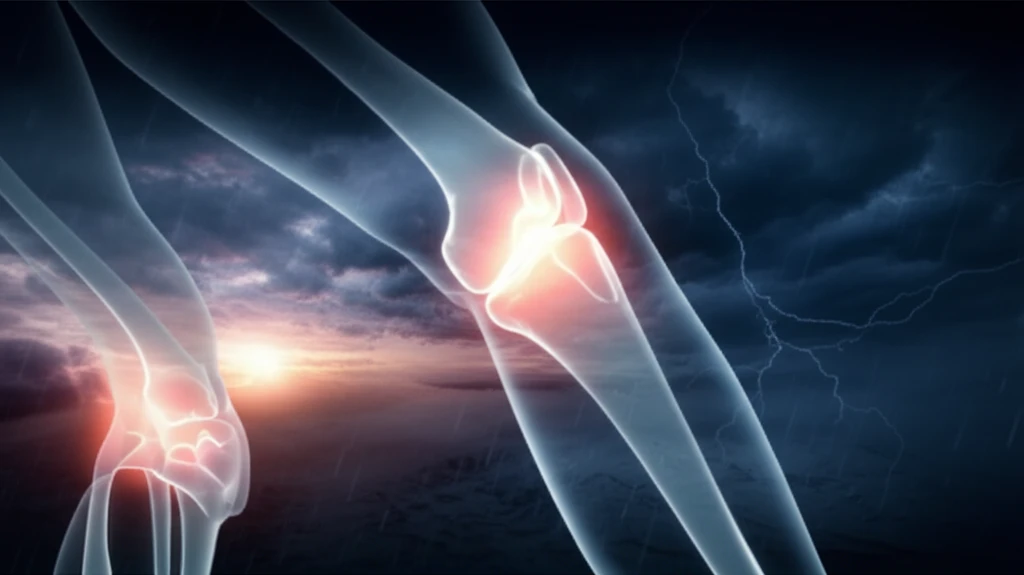
Joint Replacement on the Rise: What It Means for Psoriatic Arthritis Patients
"A new study reveals increasing rates of arthroplasty in PsA patients, highlighting the need for proactive joint health management."
Psoriatic arthritis (PsA) is a chronic inflammatory condition affecting both the joints and skin. Characterized by progressive arthritis, skin lesions, and tendinopathy, PsA can significantly impair mobility and quality of life. While disease-modifying antirheumatic drugs (DMARDs) offer relief, some individuals experience inadequate responses or intolerable side effects, leading to severe joint damage and the need for surgical intervention.
Arthroplasty, or joint replacement surgery, becomes a viable option when conservative treatments fail to alleviate pain and restore function. While the impact of PsA on arthroplasty rates remains understudied compared to rheumatoid arthritis (RA), understanding these trends is crucial for effective healthcare planning and improved patient outcomes. New research sheds light on this area, revealing a concerning increase in joint replacement surgeries among PsA patients.
A recent study published in the journal Arthritis Care & Research investigated the trends in primary total arthroplasty rates among individuals with PsA in the United Kingdom between 1995 and 2010. By analyzing data from The Health Improvement Network (THIN), a large medical records database, researchers uncovered significant insights into the evolving landscape of joint health for PsA patients.
The Alarming Rise in Joint Replacement: What's Driving the Trend?

The study revealed a concerning trend: both individuals with PsA and the general population experienced an increase in first-time arthroplasty procedures between 1995 and 2010. However, the rise was significantly more pronounced in the PsA group. This suggests that factors specific to PsA may be contributing to the increased need for joint replacement.
- Overall Increase: Arthroplasty rates rose in both PsA patients and the general population from 1995 to 2010.
- Disproportionate Impact: The incidence of first-time arthroplasty was twice as high in PsA patients compared to the general population.
- Biologic Era: The increased rates persisted even after the introduction of biologic therapies in 2003, suggesting that these advanced treatments, while effective, do not eliminate the need for surgery in all cases.
Protecting Your Joints: A Call to Action for PsA Patients
The increasing rates of arthroplasty among PsA patients underscore the importance of proactive joint health management. While biologic therapies and other advanced treatments offer hope, they are not a guaranteed solution for preventing joint damage and the need for surgery.
Here's what you can do to protect your joints and minimize your risk of needing joint replacement:
This research serves as a crucial reminder of the ongoing challenges faced by individuals with psoriatic arthritis. By staying informed, working closely with your healthcare team, and adopting a proactive approach to joint health, you can empower yourself to live a fuller, more active life, and potentially reduce your risk of needing joint replacement surgery.
